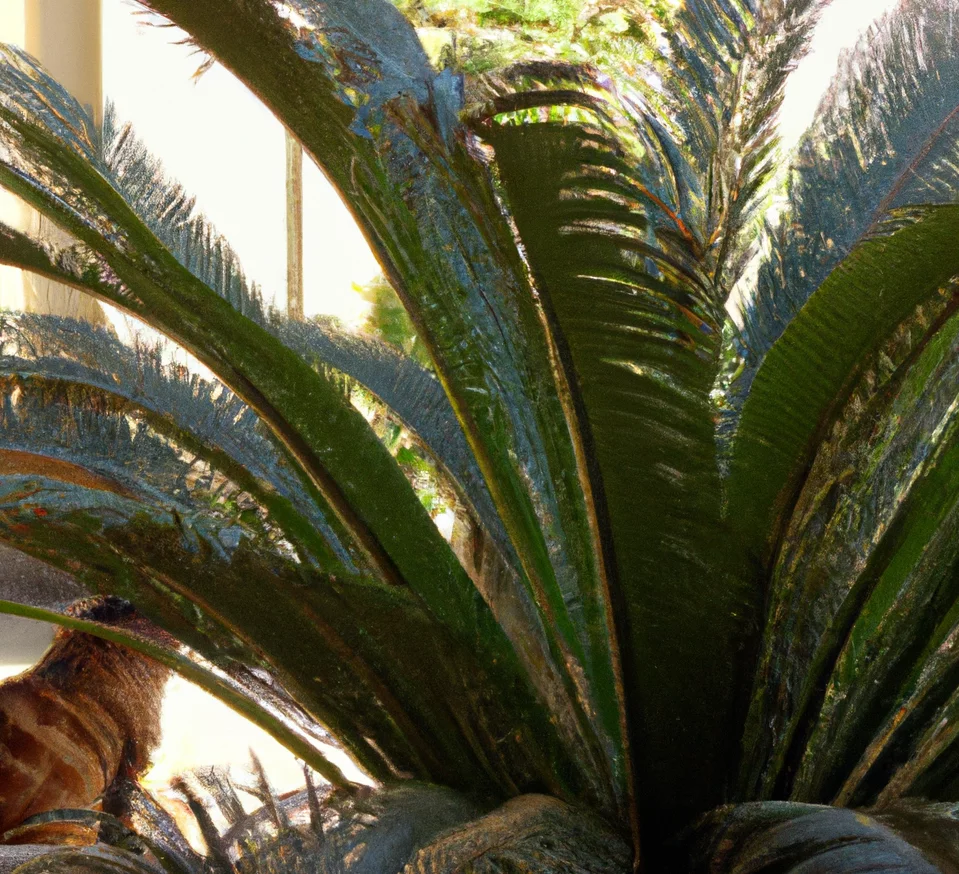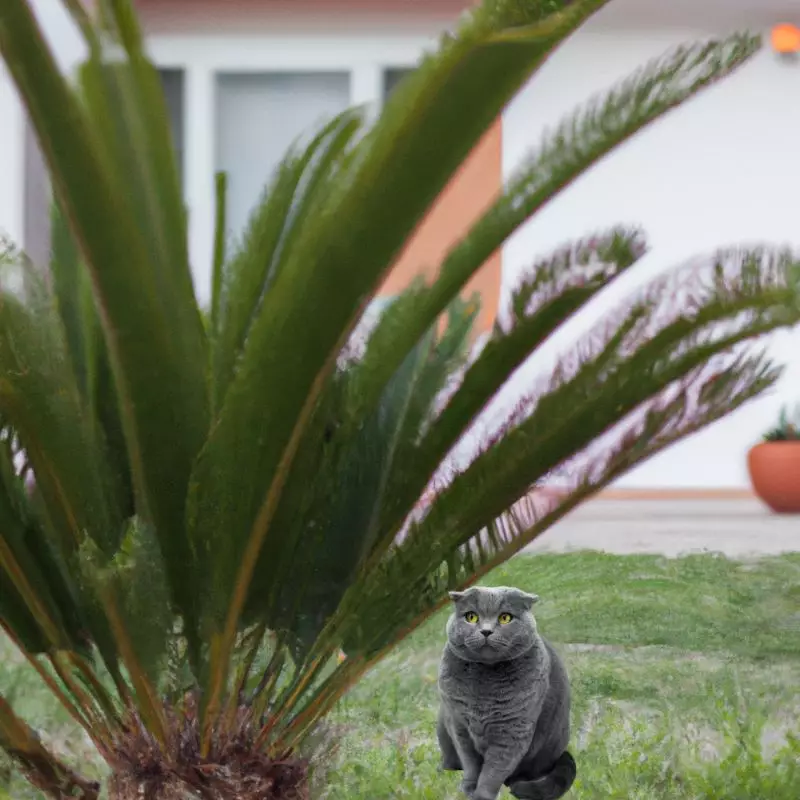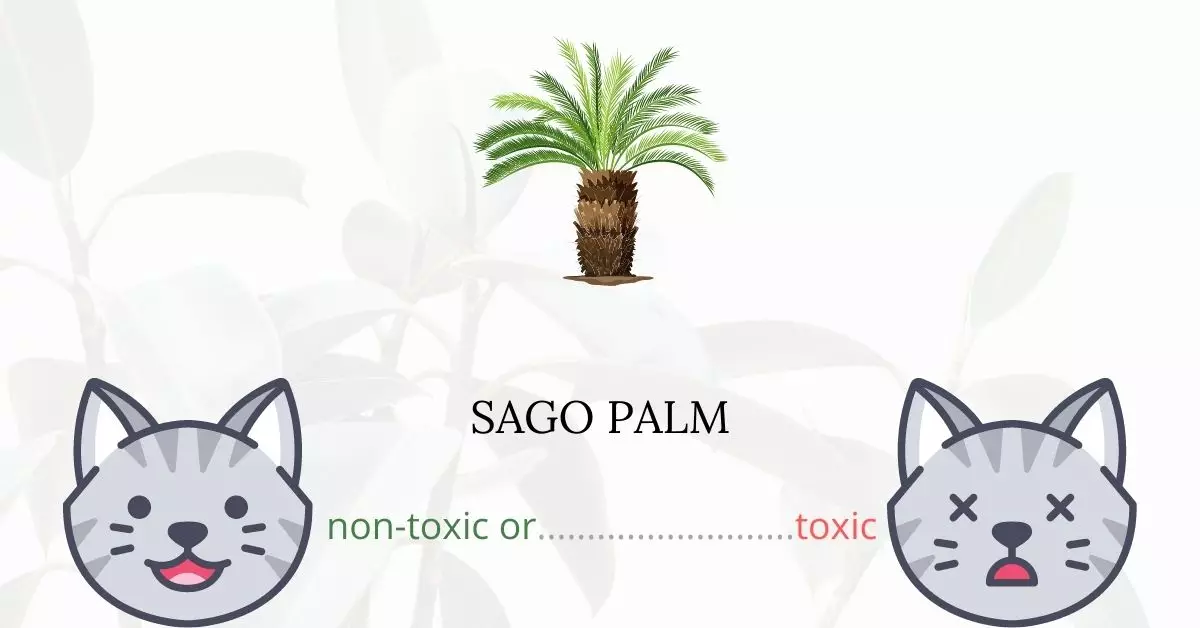To promptly address the inquiry poised in the title, yes, Sago Palms are highly toxic to cats. When felines interact with or consume any part of a plant from the Sago Palm family, which includes Zamias, coontie palms, cycads, and cardboard palms, they can experience Sago palm poisoning, which may result in liver failure and, in severe cases, can be fatal. Particularly, every component of the Sago palm holds extreme toxicity, with the seeds or nuts being the most lethal, due to the presence of a hazardous chemical named cycasin that induces liver failure in cats.
This article has been meticulously crafted in collaboration with a panel of experienced Doctors of Veterinary Medicine (DVMs), whose invaluable insights and expertise have enriched the accuracy and reliability of the content provided. Through their substantial contributions, we can elucidate the potential dangers associated with various plants, focusing on Sago Palms in this instance, and their implications on feline health. To further ensure the precision and currency of our information, extensive research has been undertaken utilizing high-authority sources such as ASPCA and PetMD for every plant discussed herein. Our joint endeavor aims to raise awareness and offer accurate, up-to-date information regarding the risks associated with specific plants and their impact on cats.
Clinical Signs of Sago Palm Poisoning in Cats

Exposure to Sago Palm, whether through contact, inhalation, or ingestion, can manifest in several severe clinical signs in cats due to the high toxicity of the plant. Here, each symptom is explored along with the underlying causes stemming from Sago Palm poisoning.
- Vomiting and Diarrhea: Ingesting Sago Palm induces gastrointestinal irritation, leading to vomiting and diarrhea. This is the body’s way of expelling the toxic elements.
- Bloody Feces and Bleeding: The toxins in the plant interfere with blood clotting, causing bloody feces and spontaneous bleeding.
- Paralysis and Tremors: The nervous system is compromised due to the toxins, resulting in muscle tremors and, in severe cases, paralysis.
- Seizures: The neurotoxins in Sago Palm can lead to heightened neural activity, manifesting as seizures.
- Increased Thirst and Urination: The body attempts to flush out toxins through increased fluid intake and urine production.
- Jaundice: This indicates liver damage, where bilirubin accumulates in the body, imparting a yellowish tint to the skin and eyes.
- Bruising: The impaired blood clotting mechanism from the toxins leads to easy bruising.
- Signs of Weakness and Abdominal Pain: The overall physical debility and pain are due to the widespread damage caused by the toxins, predominantly affecting the liver and digestive system.
- Fluid Retention in the Abdomen: Liver damage causes hypoalbuminemia, leading to fluid leakage into the abdominal cavity.
The liver in cats, akin to humans, performs crucial functions such as digestion of food, detoxification, and elimination of waste and poisons. Failure to promptly address liver damage or disease caused by Sago Palm poisoning can result in the shutting down of other vital organs, making immediate veterinary intervention imperative to prevent irreversible damage or death.
First Aid and Treatment of Sago Palm Poisoning in Cats

There is no antidote for the cycasin found in the Sago Palm. The method of treatment used by veterinarians will be determined by how long it has been since the intake. Among them are, inducing vomiting to remove as much of the sago palm from your cat’s stomach as possible before it is absorbed; If your cat isn’t vomiting yet, give him activated charcoal, which binds to poisons and carries them out of the system unabsorbed.
Treatment options include anti-nausea, anti-seizure, abdominal fluid removal, vitamin K injections, and other liver failure treatments.
Recovery from Sago Palm Poisoning in Cats

The survival rate for cats who have eaten sago palm is only around 50%, even with vigorous treatment.
If the treatment is effective, ongoing follow-up care to monitor the liver’s condition may be required. Your cat may require a specific diet, and you’ll need to keep an eye out for any signs of liver damage or neurological problems. If the cat has already consumed toxic Sago palm plant components and therapy is unlikely to be effective, efforts to make the cat comfortable until death may be made, or humane euthanasia may be recommended.
Prevention of Sago Palms Poisoning in Cats
For cats, dogs, and horses, sago palms are exceedingly toxic. Sadly, many people are unaware of this, including some landscapers. If you have cats, keep sago palms out of your house and yard.
If you love plants but have cats at home, check out these lists:





